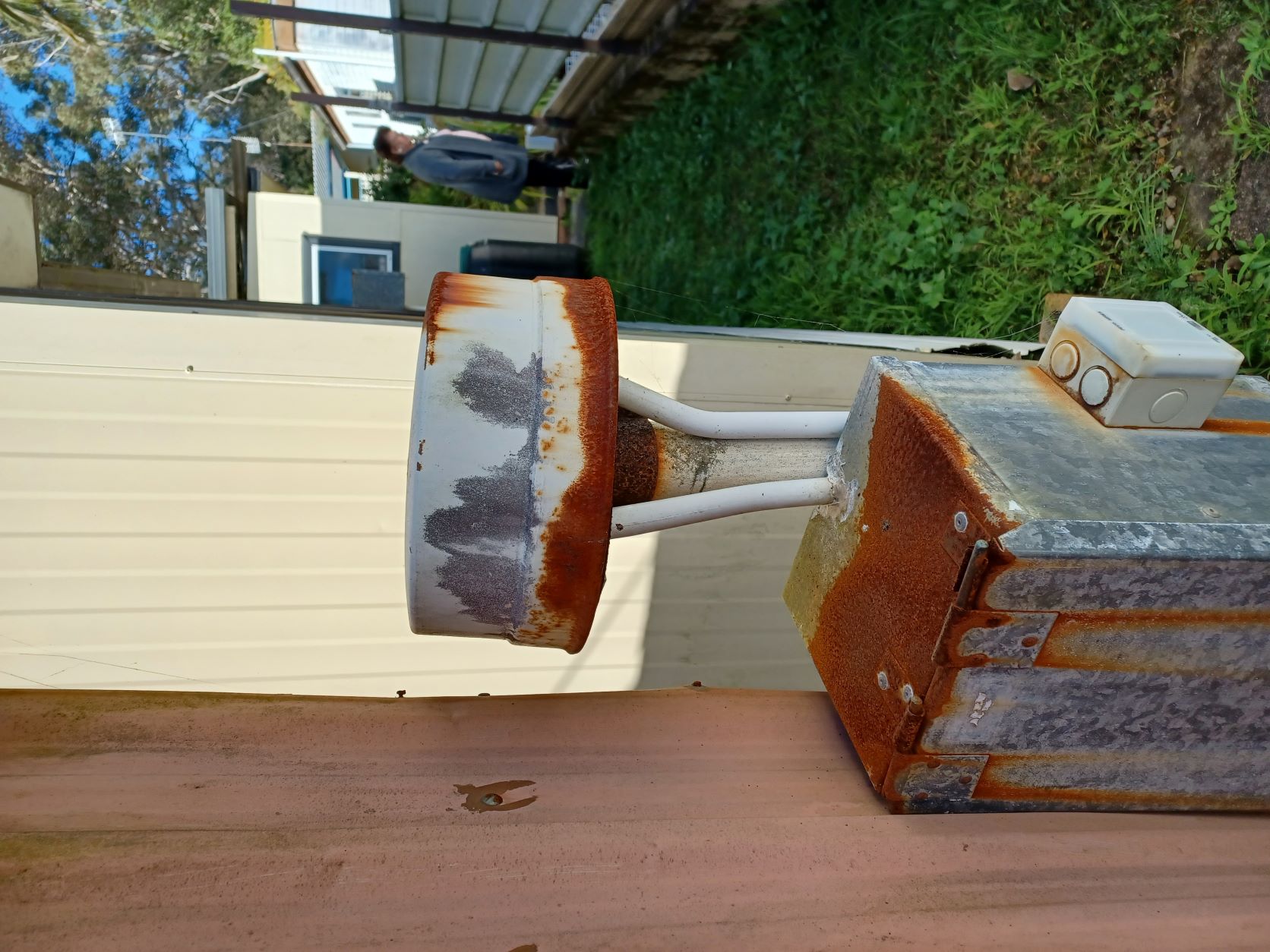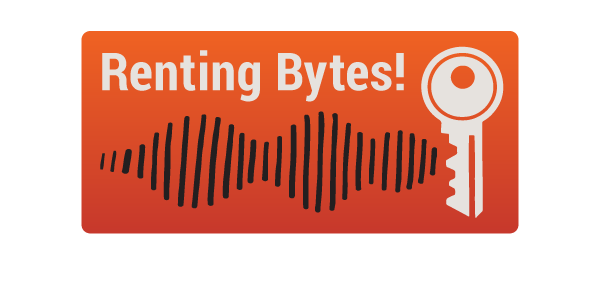Embedded networks leaving renters disadvantaged
Eloise Parrab • 01/08/2022
If you have never lived in an embedded network then many of you might be asking what this is and what does it have to do with renters? It's no surprise to the Tenants Union of NSW that a lot of people do not know about embedded networks. Often renters don't find out they are living in a home that is part of an embedded network until they move in. They call their chosen energy provider to set up an account, only to be told they are in an embedded network. At that point they become aware of the first disadvantage: they do not get to choose their energy provider. It is very difficult to currently estimate how many people are being supplied with energy or other services through embedded networks. The Australian Energy Market Commission estimates the number to be around half a million people.
What is an 'embedded network'?
Residents in land lease communities often receive their electricity through an embedded network. And embedded networks are becoming increasingly common for renters living in residential apartment blocks (strata communities). An embedded network is a private electricity network, though you can also find similar embedded network arrangements for the provision of hot and chill water. The person providing the electricity (or other energy or utility) buys it in bulk from an energy provider and then they on-sell the electricity to residents. Particularly for residents in residential land lease communities (RLLC) this can mean that your electricity supplier is also your landlord.
The operators of embedded networks are known as exempt sellers which means they are not an authorised retailer and are not subject to the same requirements as authorised retailers in providing energy. This has led to a situation in NSW where consumers in embedded networks do not have the same level of protection and service as those not living in an embedded network.
Last month we submitted a submission to the NSW Parliamentary inquiry into embedded networks in NSW. Our colleagues at the Public Interest Advocacy Centre (PIAC) in their submission have called on the Government to consider winding back existing embedded networks and exempt seller arrangements to ensure equality of outcomes for all consumers no matter where they reside. The Tenants Union supports this recommendation, as we have been hearing for some time from renters, and particularly residents in RLLC, about the issues they have with access to affordable and efficient supply of electricity in their embedded network and problems accessing support and protections when problems arise.
In this blog I run through some of the issues we outlined in our submission.
Lack of choice
In theory, consumers in an embedded network can choose to buy electricity from an alternative energy retailer. However, it is often difficult - if not impossible - to outsource power because of the embedded network’s wiring and associated charges. In an embedded network electricity is supplied by an energy retailer to the ‘parent’ smart meter. It is then on-supplied through the network to a series of ‘child’ accumulation meters – the meters that measure the electricity used by consumers. These meters do not usually meet the required standards and are not registered with the National Metering Database, which is why energy retailers are unlikely to agree to supply.
Over a million people (1,125,000) live in strata premises in NSW, and almost half of all residents in strata schemes are renters (48%). Embedded networks are increasingly common in apartment buildings, but leave tenants without the usual consumer protections or the ability to change retailers where service is poor or prices uncompetitive.
Strata scheme legislation currently places time limits on most utility supply contracts. These time limits are an appropriate protection for consumers to ensure providers continue to deliver in terms of competitive price and service standards. In current strata scheme legislation there is an exemption for electricity embedded networks. The Report of the Statutory Review on Strata Scheme Legislation recommended the exemption be removed, and that contracts for the supply of electricity through an embedded network be subject to time limits (recommendation 120). However, this reform will not necessarily benefit renters in embedded networks in rented strata premises.
To some extent the disadvantage of embedded networks of not being able to access competitive prices for energy or other utilities will be mitigated for owner occupiers who are able to participate in strata decision making, and so can have input into the decision about the provider they contract to and whether or not to renew a contract. However, renters in strata buildings are not able to take part in strata decision making, and are in this way doubly disadvantaged. They are locked into a possibly non competitive power arrangement, with no opportunity to contribute to the decision-making regarding their provider and renewal of a contract.
For home owners in RLLC if they want to get their electricity from a different provider it would require an Embedded Network Manager to be engaged, the meter to be upgraded and the site to be registered with the energy market. Not only is this quite a process it is likely the home owner will have to pay for the new meter and that could result in the loss of any benefit from lower priced electricity.
Infrastructure and supply issues
In RLLC there are safety and supply issues for residents on embedded networks. The amount of amperage that can be provided to a resident depends on the quality of the infrastructure of the embedded network. Some residents receive low amperage and can only use a limited amount of electricity at one time (for example, the resident may not be able to run a toaster, microwave and air conditioning unit all at the same time).
There are some communities where older parts are on embedded networks and the newer sections residents have accounts directly with energy retailers. In one community on the Central Coast of NSW there are two very different experiences depending on whether you live in the new or old part. There are vast differences in supply and amount spent on electricity by residents living in these two sections of the one community. There are 120 homes in the old part of the community where they have their electricity supplied to them through an embedded network. The infrastructure includes old rusty electricity mushrooms. Some homes are connected to these mushrooms with extension cords.


The residents in the old part can only get 32 Amps which impacts on their daily life. If they have too many appliances plugged in at the same time the power turns off. When heating or cooling their homes with an air conditioner they have to make a decision on what other appliances they need to disconnect. They cannot shop around for a better deal and are reliant on the operator to supply their electricity. Their bills are more expensive than other residents living in the newer part of the community who can shop around for the best rate.
Dealing with disputes and hardship supports
In March 2018 it became a requirement for embedded network providers servicing residential customers to become members of the Energy and Water Ombudsman of NSW (EWON). This has provided renters and residents in RLLC with a new avenue for dispute resolution. It is still not straightforward for consumers if they have a dispute as EWON can only assist if the exempt seller has signed up to become an EWON member and many have not. Consumers should not be required to navigate the complexity that they can only take disputes to EWON if their supplier is a member. If they are not a member then home owners in RLLC need to lodge an application at the NSW Civil and Administrative Tribunal if they have a dispute. As the supplier is their landlord they have a distinct power disadvantage. Many are fearful to ask questions or complain for fear of reprisal.
Another disadvantage for consumers in embedded networks is they do not have access to the same rebates or grants. Currently customers who are residing in embedded networks are not eligible to apply for EAPA (energy accounts payments assistance) if they need assistance paying their bill.
Where to from here?
The Tenants' Union of NSW made a number of recommendations in our submission that would provide essential protections for renters who are living in an embedded network. However, our hope is that embedded networks will be wound back. We feel it is the only way to ensure that we remove the inequality of service that currently exists.




